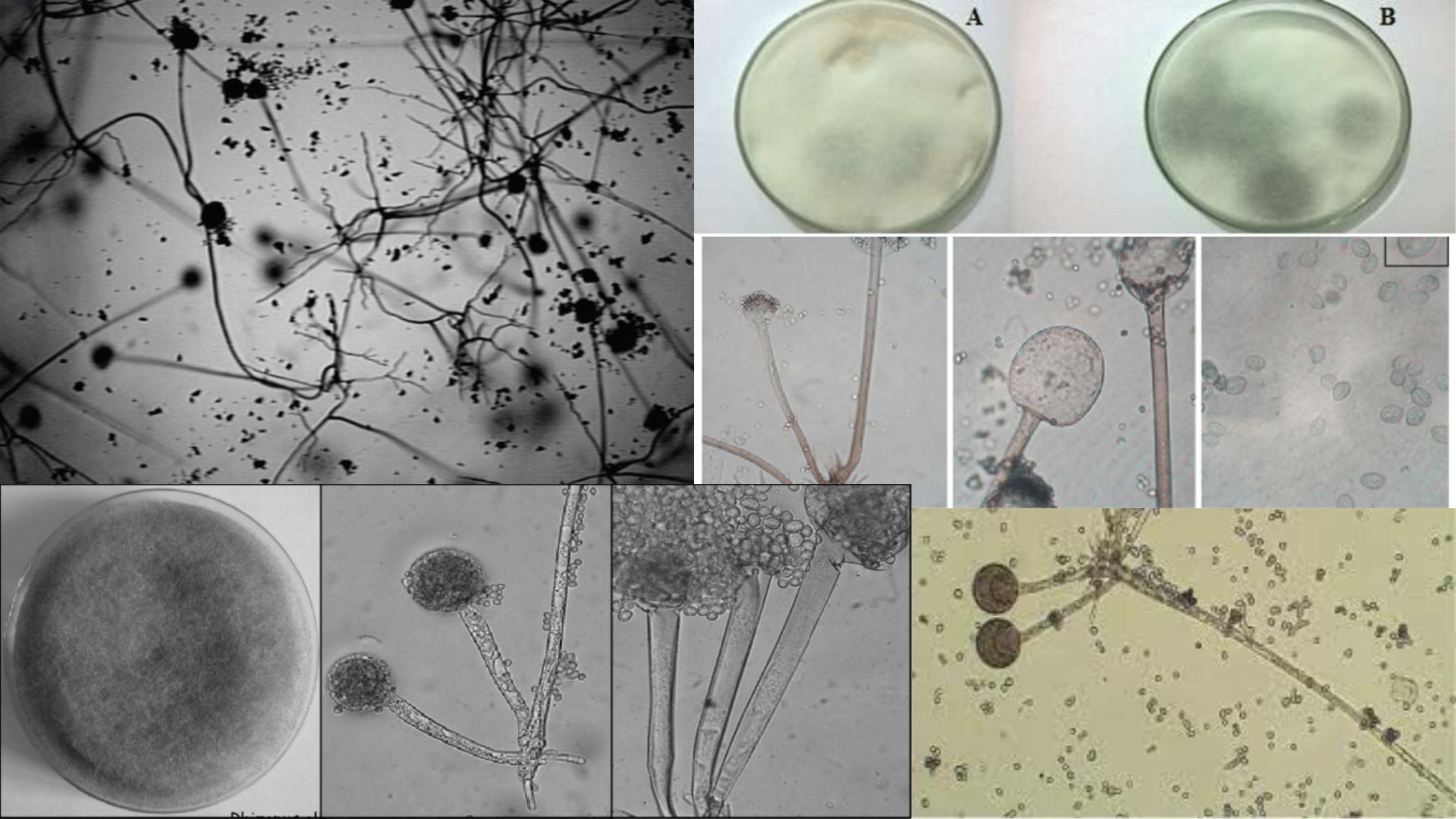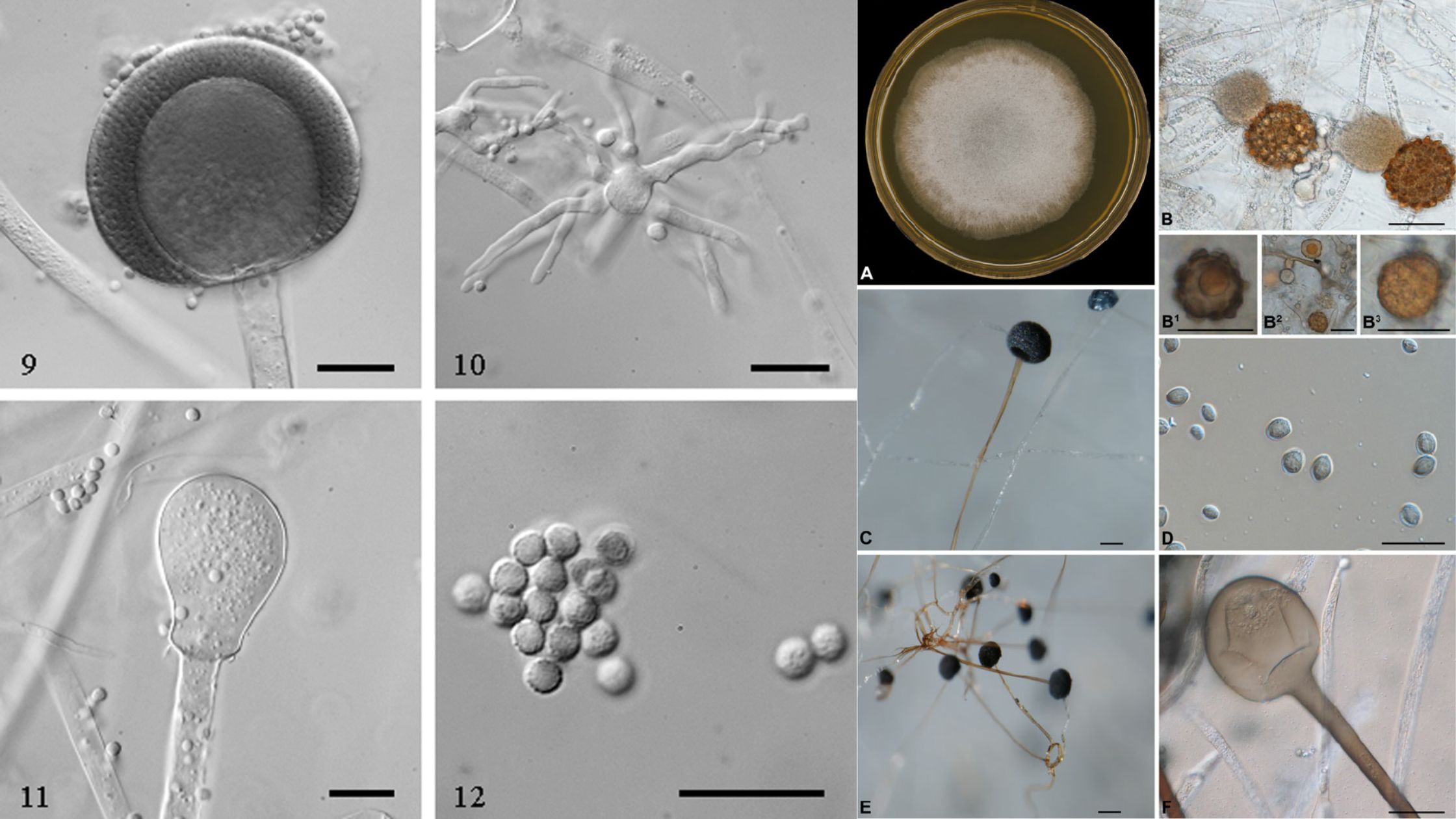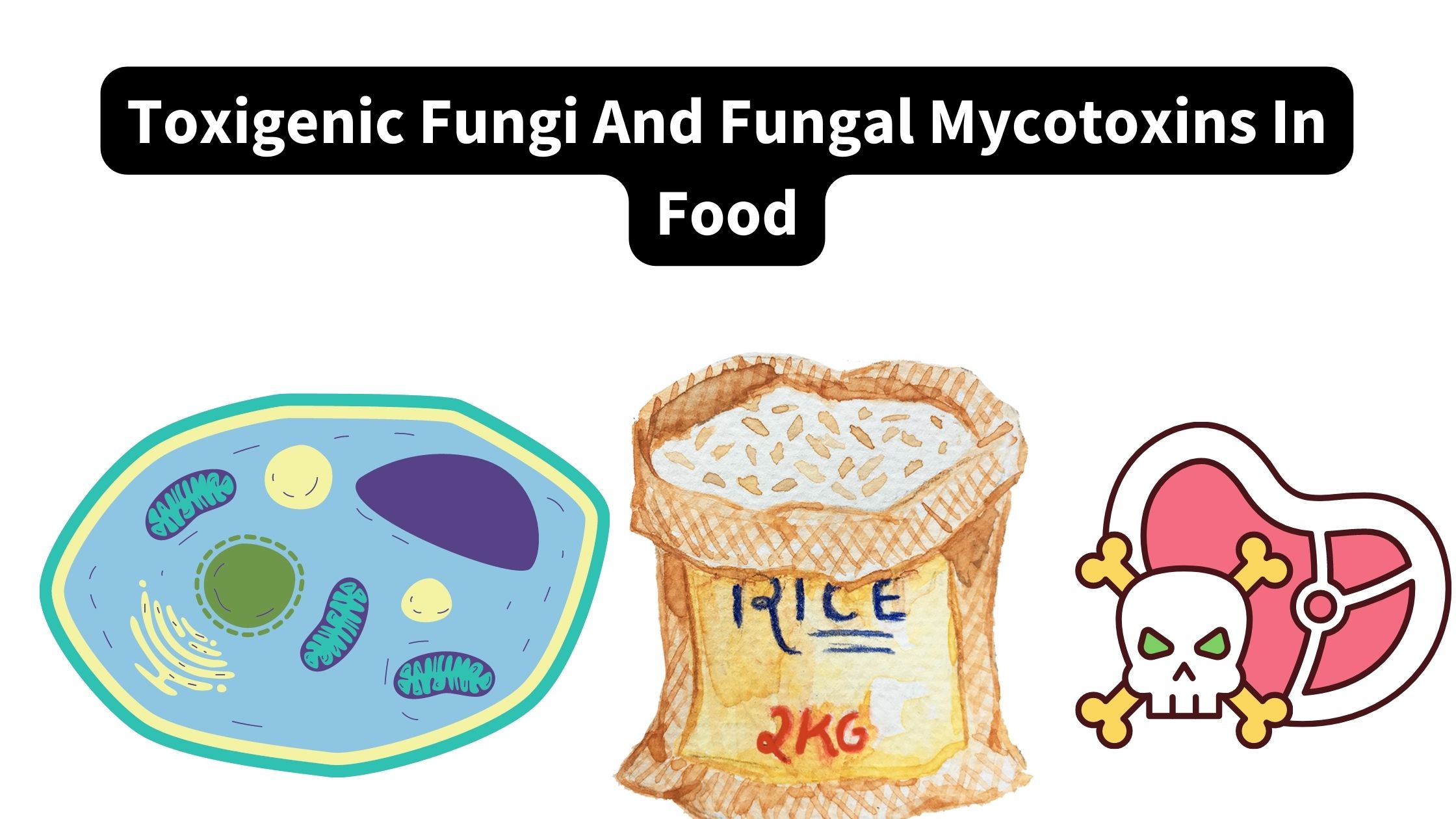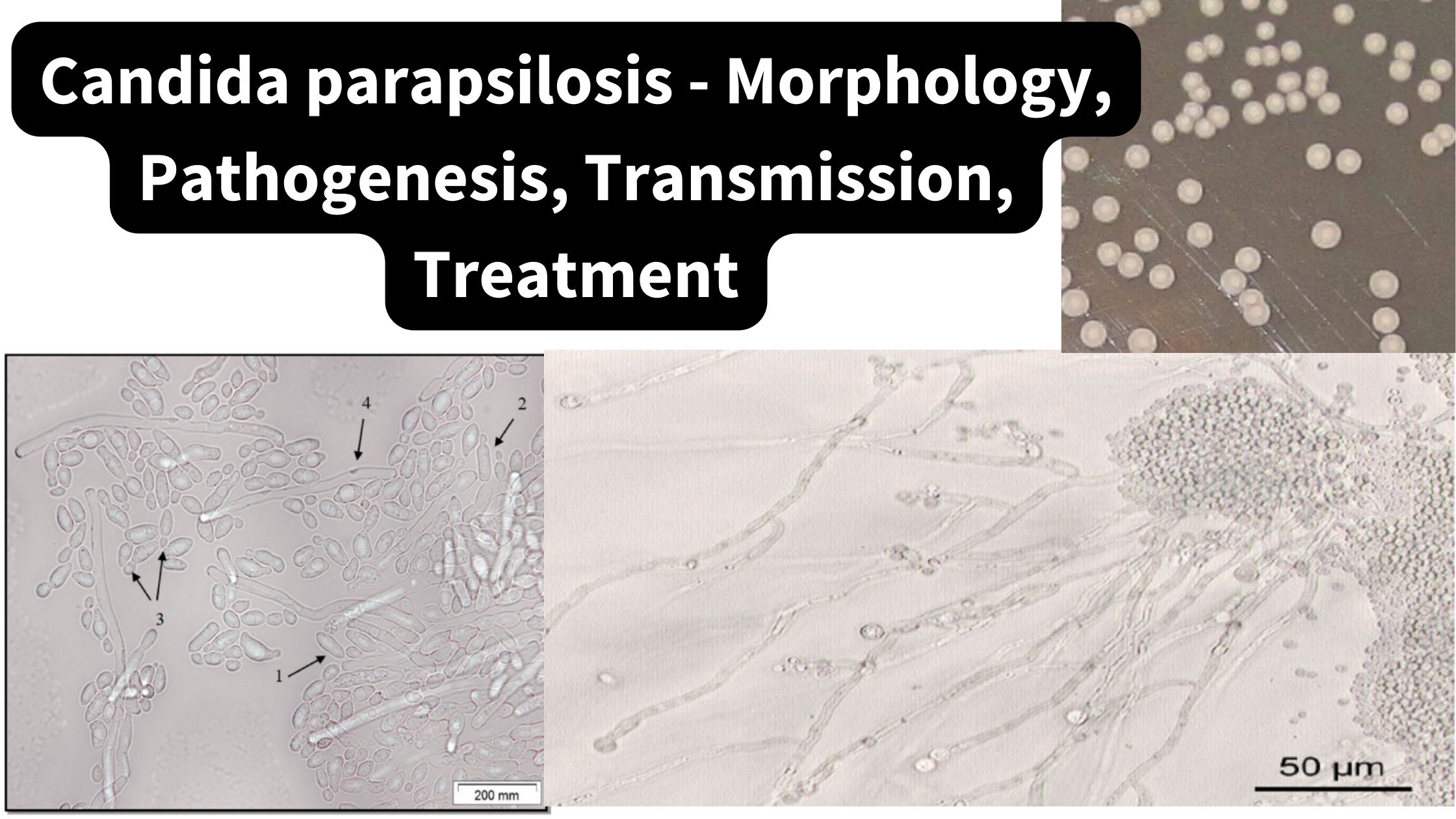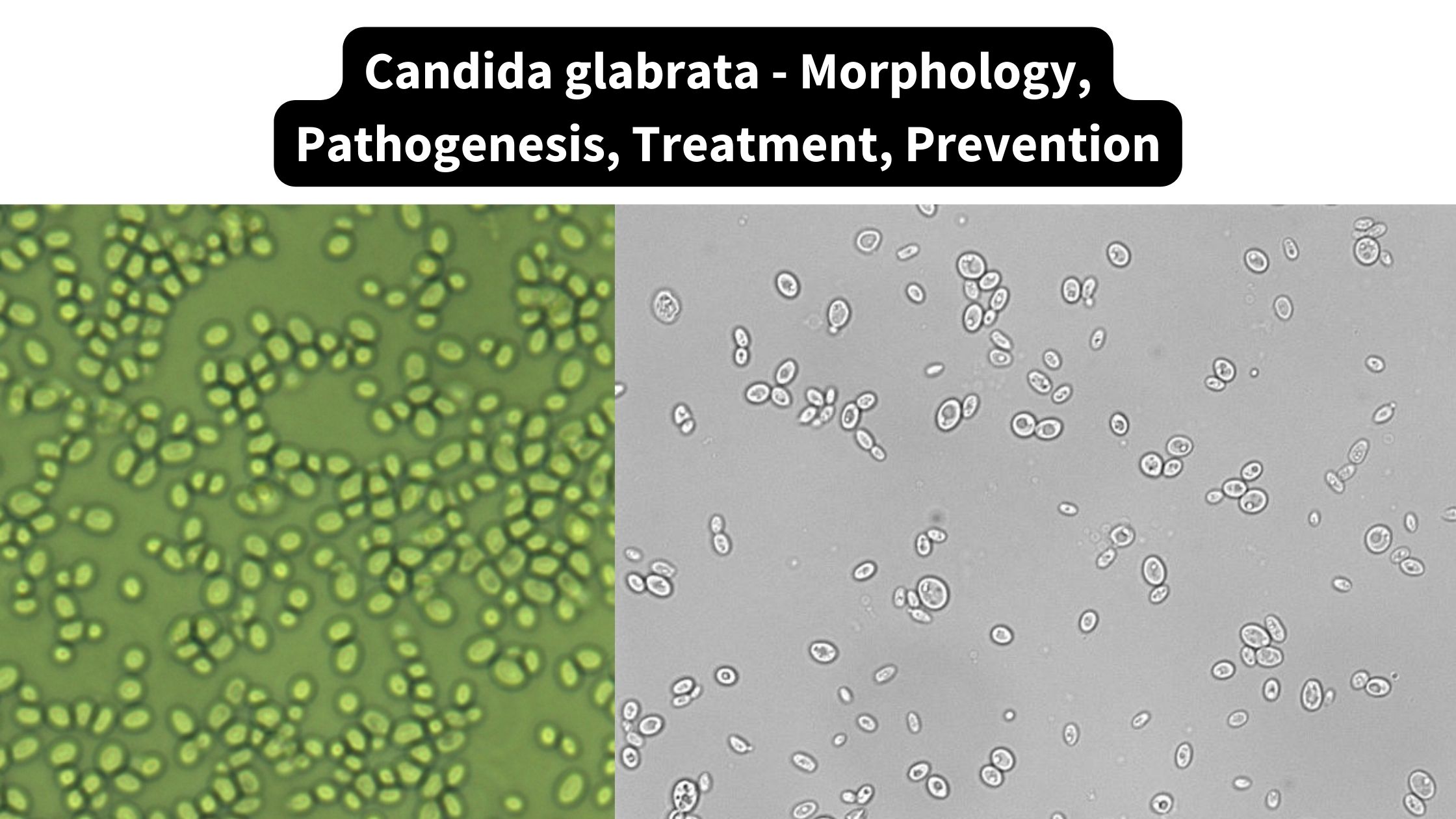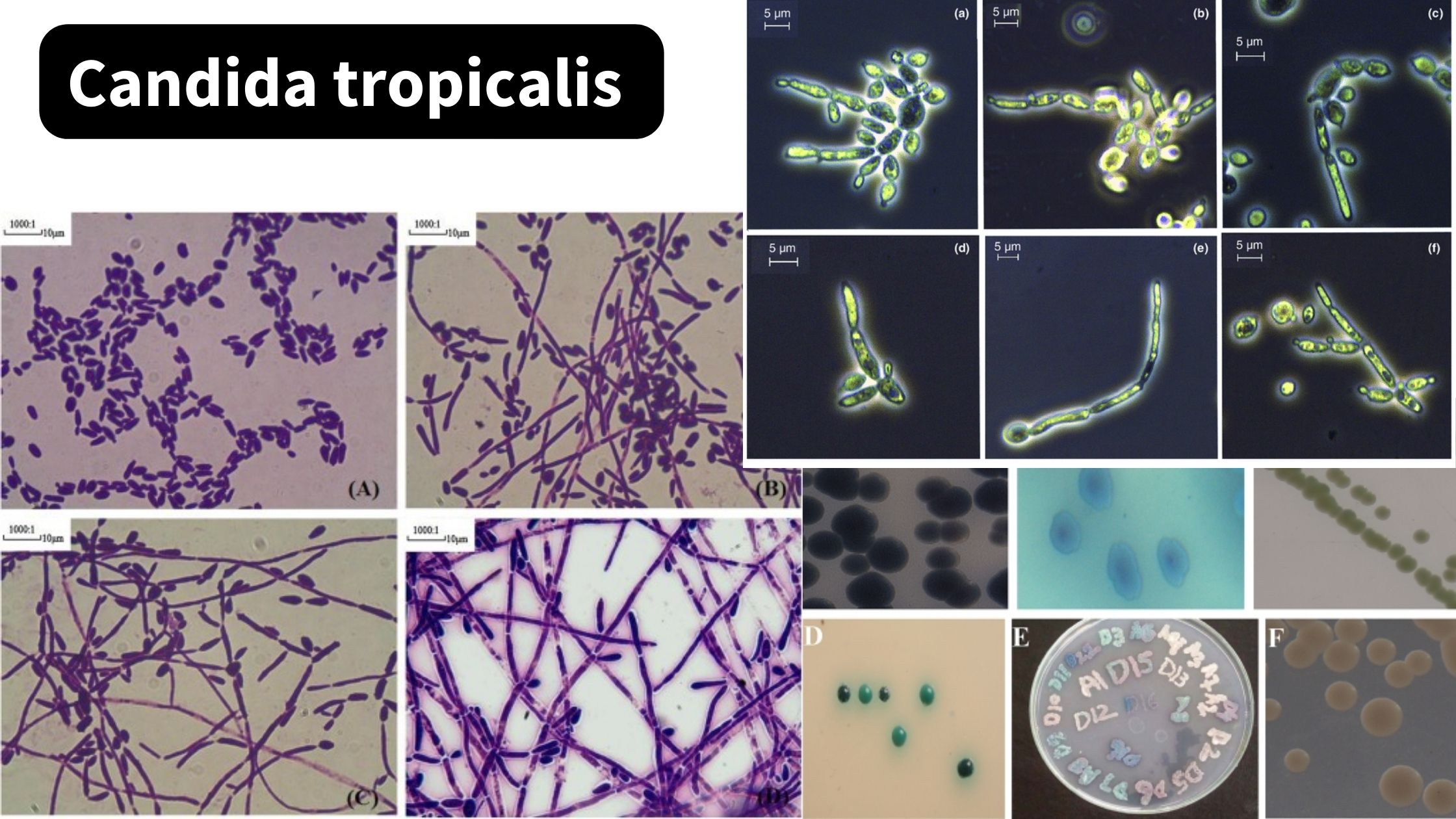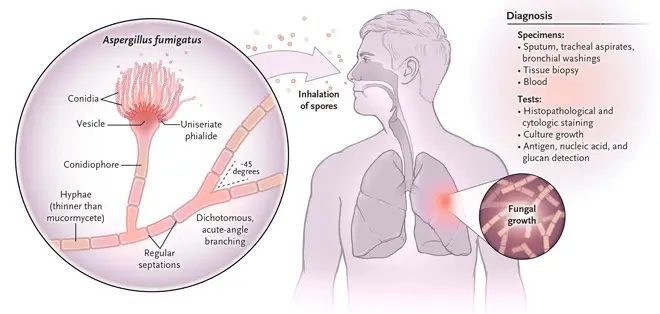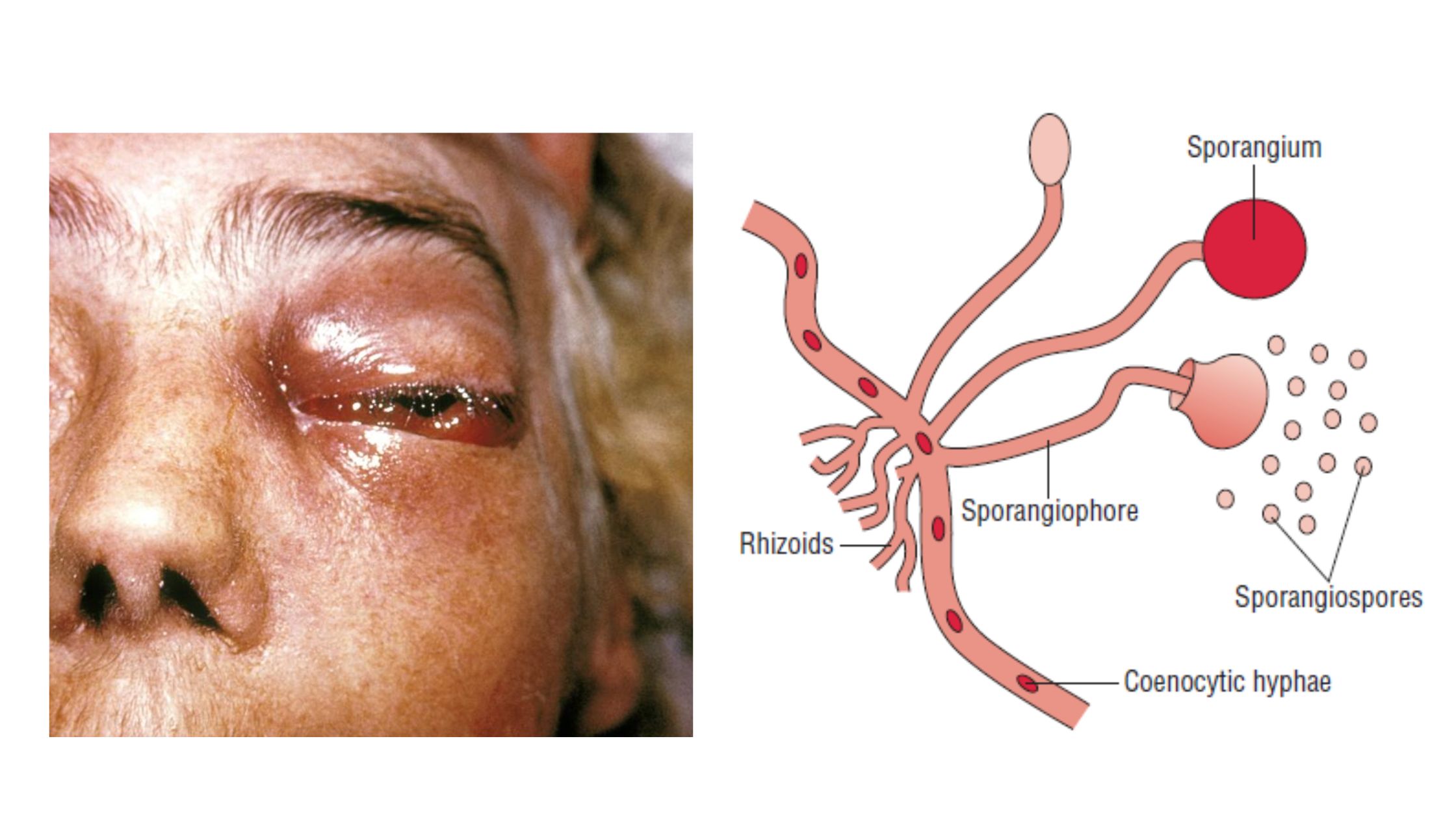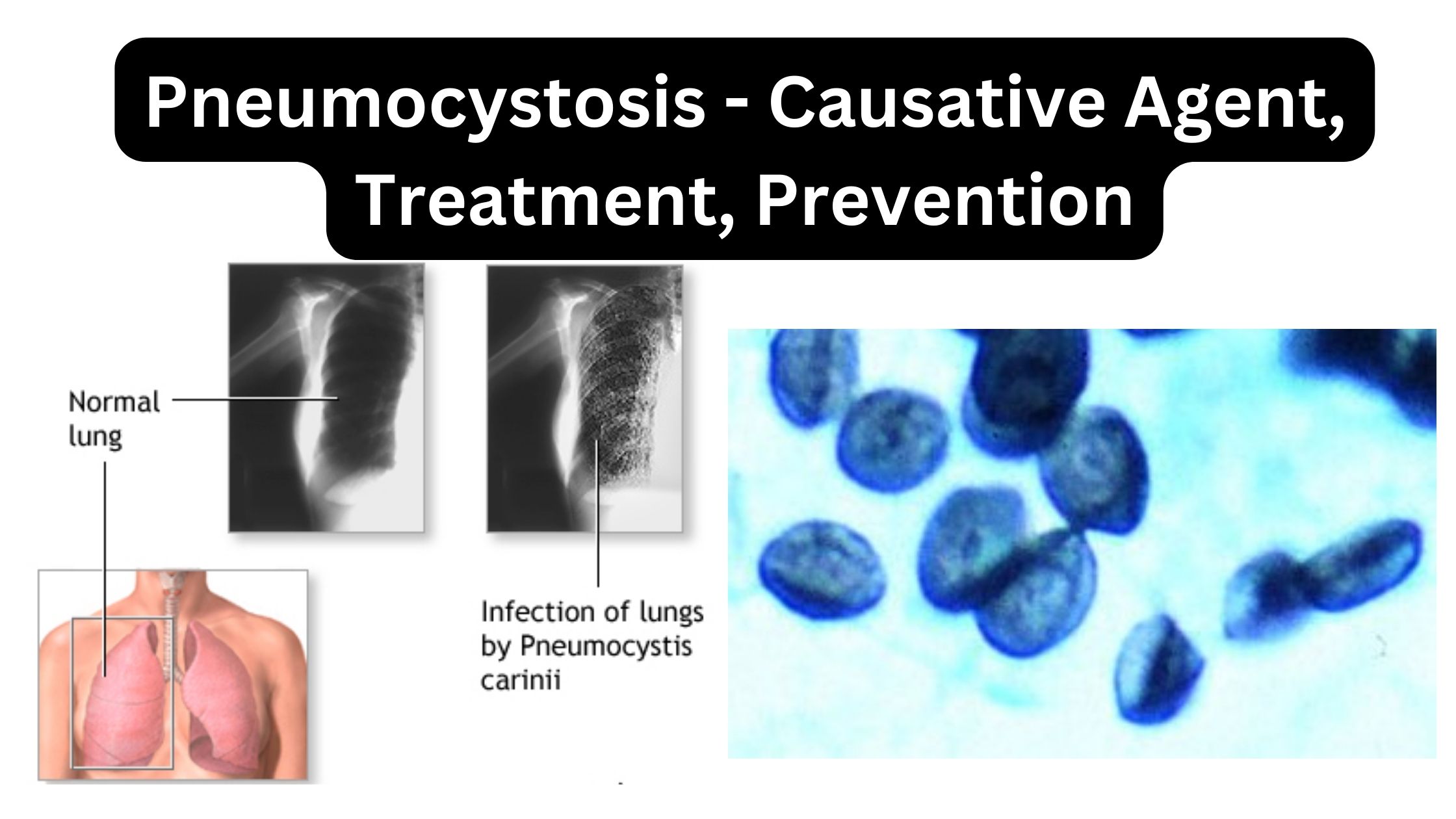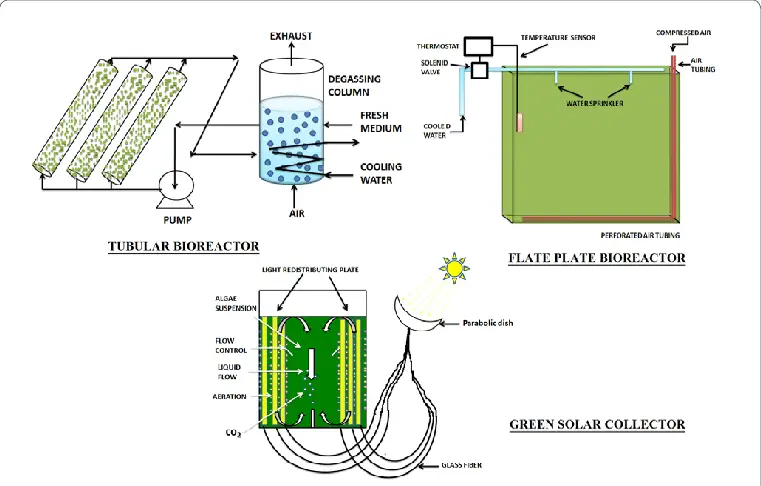Rhizopus oligosporus – Overview
Rhizopus oligosporus classification Rhizopus oligosporus is a filamentous fungus belonging to the kingdom Fungi and the phylum Zygomycota (also known as the phylum Glomeromycota). It is further classified into the following taxonomic ranks: So, the complete taxonomy classification of Rhizopus oligosporus is as follows: Morphology of Rhizopus oligosporus The morphology of Rhizopus oligosporus can be … Read more
